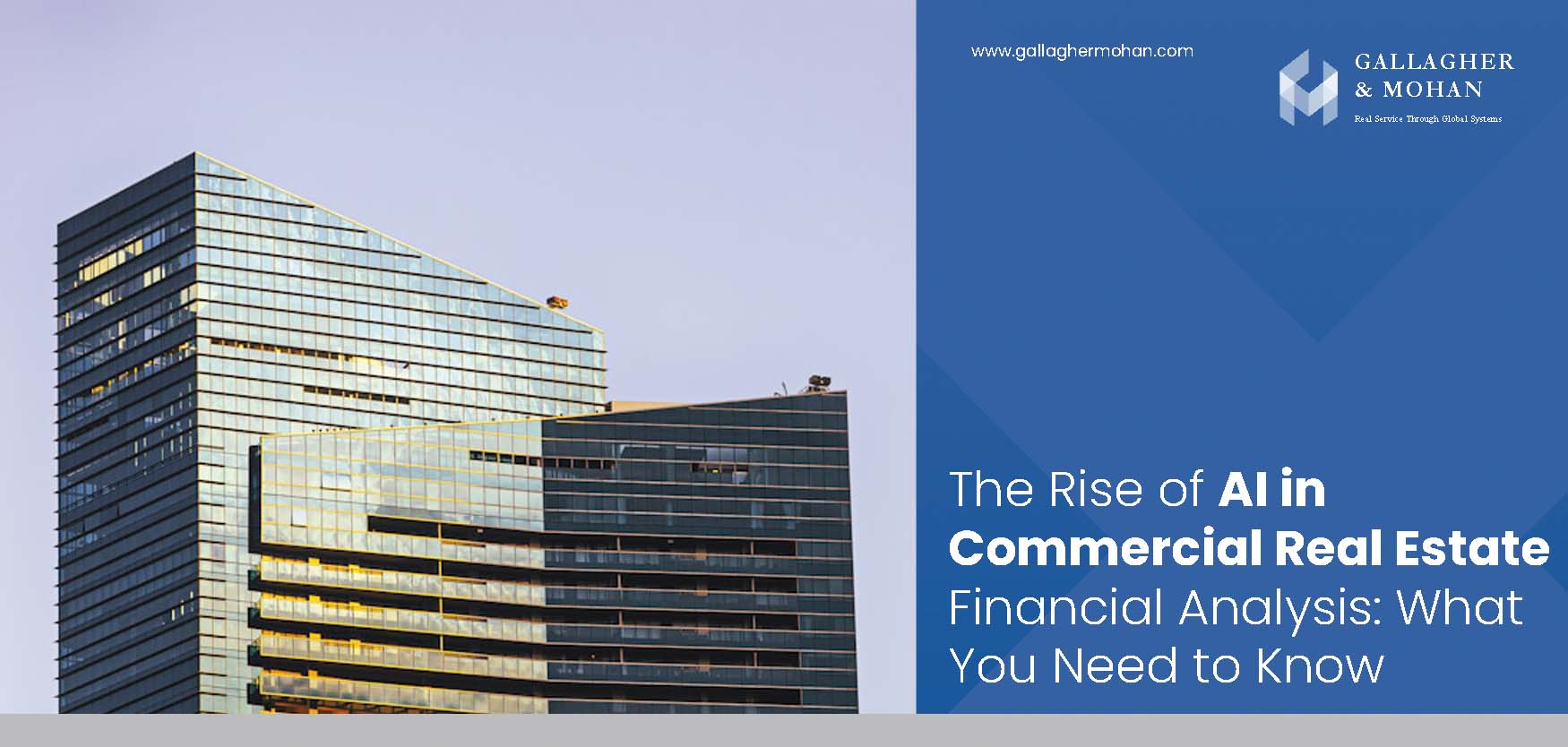24 August 2023
Slowdown in CRE Lending: CBRE's Insights and Market Trends
The commercial real estate (CRE) lending landscape has experienced a notable deceleration, as indicated by CBRE's Lending Momentum Index. This index, which monitors CBRE-originated commercial loan closings in the United States, reported a decrease of 5.4 percent from the first quarter and a significant 52.2 percent year-over-year decline. This downturn reflects market uncertainties that have impacted various aspects of CRE lending.

“Despite ample available debt, commercial lending has been hampered by choppy markets,” said Rachel Vinson, president of debt & structured finance, U.S. for capital markets at CBRE. “Borrowers who have to transact in the current environment are turning to shorter-term fixed loans until stability returns. Costlier credit with tighter terms continues to encourage many to sit on the sidelines.”
Bank Dominance Continues
Amidst this lending slowdown, banks have continued to dominate non-agency loan closings for the sixth consecutive quarter. Accounting for 43.4 percent of total closings in the second quarter, this figure marks a marginal increase from the previous quarter's 41 percent.

Interestingly, smaller regional and local banks have taken the lead, with 25 percent of bank loans allocated towards funding construction projects, mainly within the industrial sector. Additionally, approximately 43 percent of the loans were for refinancing purposes, while the remainder was allocated for acquisition loans.
Life Companies and Alternative Lenders Increase Market Share
Life insurance companies have shown increased market participation, accounting for 26.8 percent of concluded non-agency loans in the second quarter, up from 23 percent in the previous quarter. These loans predominantly financed industrial and permanent multifamily properties, showcasing their sustained interest in these sectors.
Furthermore, alternative lenders, encompassing debt funds and mortgage real estate investment trusts (REITs), have experienced significant growth, surging from 20.1 percent in the first quarter to 26 percent in the second quarter. This suggests a shift towards diverse financing sources.
Market Challenges and Borrower Strategies
Despite a relatively stable availability of debt, "choppy" market conditions have led to a reduction in financing activities. The primary contributor to this change is the elevated borrowing costs. In response, many borrowers are opting for shorter-term fixed loans as a means to manage these costs effectively. Rachel Vinson, President of Debt and Structured Finance for U.S. Capital Markets at CBRE, emphasized this trend, highlighting the market's adaptation to current challenges.
Underwriting Trends and CMBS Impact
CBRE's report reveals stringent underwriting standards in the second quarter, evidenced by slightly lower underwritten cap rates, debt yields, and interest rates compared to the previous quarter. The average underwritten cap rate increased by 43 basis points year-over-year to 5.52 percent, while the average loan constant experienced a significant jump from 5.43 percent to 6.61 percent in the same period. Notably, the second quarter saw a record-high proportion of partial- or full-term interest-only loans, reaching 82.1 percent, indicating evolving borrower preferences.
CMBS (Commercial Mortgage-Backed Securities) origination has witnessed a substantial decline, with only $16.5 billion in the first half of the year compared to $49.9 billion the previous year. This steep drop reflects the challenges faced by this segment of the market.
Conclusion
CBRE's insights shed light on the evolving landscape of CRE lending, driven by a variety of factors including market uncertainties, borrower strategies, and shifting preferences in lending sources. As banks, life companies, and alternative lenders navigate these changes, the industry continues to adapt to the current challenges and opportunities, shaping the trajectory of commercial real estate financing for the foreseeable future.
Navigating the complexities of the market requires strategic expertise and tailored solutions. This is where Gallagher & Mohan comes into play as a trusted partner. With our deep understanding of the commercial real estate industry and extensive experience in financial advisory services, we stand ready to assist clients in making informed decisions. Let's Connect.
Whether you're a borrower seeking optimal financing structures in the face of changing market conditions or a lender aiming to effectively manage risk while maximizing opportunities, our team at Gallagher & Mohan can provide insightful guidance. Our comprehensive suite of services encompasses market analysis, risk assessment, and strategic planning, ensuring that you're equipped to adapt and thrive in an ever-evolving lending environment



